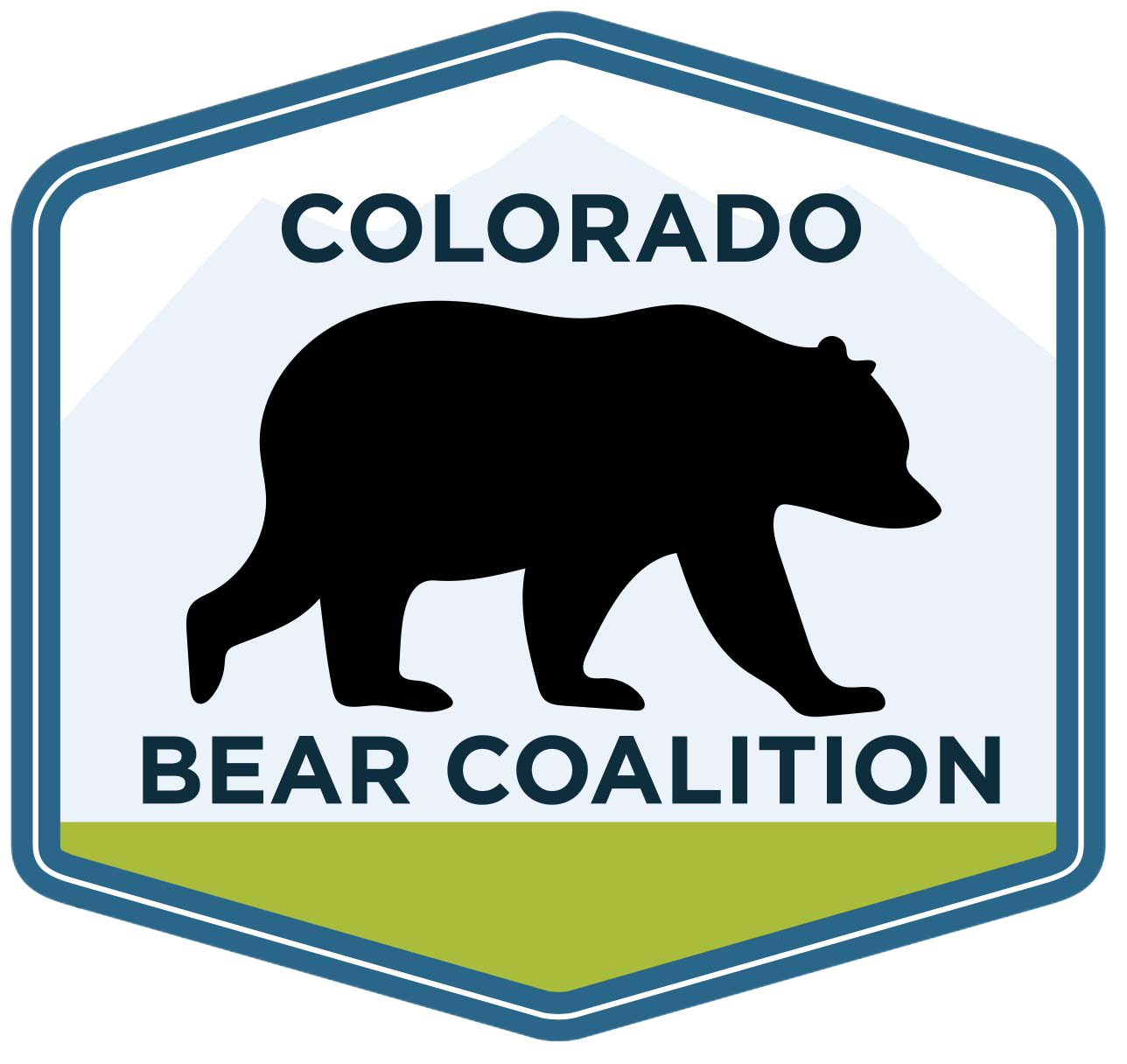Do Nonprofits Have a Role in Reducing Human-Bear Conflict
Brenda Lee, Colorado Bear Coalition
Human-black bear conflict is an increasing problem throughout the United States. As human-bear conflict has increased, so has community involvement. Unfortunately, there is a deep divide between many of these community groups and the agencies charged with managing wildlife. Given this divide, the increase of human-bear conflict, and the rise of citizen-led groups, it is essential to move forward with a roadmap of how these stakeholders can effectively work together. This cannot happen without efforts to find common ground and to understand the role that each stakeholder holds and the benefits they bring.
We can start by asking some key questions, such as: Is human-bear conflict a human behavior problem or a bear management problem? Does this affect who is held responsible for reducing attractants? Is a community-led group best positioned to understand local values and communicate change in a way that will result in higher adoption and compliance? Is change driven by the community more effective than coming from outside the community?
In 2011, a group of citizens in Boulder, Colorado formed the Boulder Bear Coalition (BBC) to solve the escalating issue of human-bear conflict. Alleyways were consistently strewn with trash, Colorado Parks and Wildlife (CPW) managers were frequently called in to handle bears, and there was little citywide effort to identify and reduce attractants. BBC created a strong community voice to take the pressure off of CPW officers, who were widely seen as the villain coming in to kill bears and put the focus directly on the city and community to clean up attractants that were bringing bears into town. BBC is one example of how a community-led organization can be instrumental in initiating and implementing programs to reduce conflict and exemplifies how it can be done in a way that is respectful, collaborative and proactive.
Examples of ways that community-led groups can play an essential role in reducing human-bear conflict:
educate local government about the problem and provide clear solutions; develop trash ordinances; support enforcement; create an urban fruit gleaning program; plant a native food buffer zone; establish a city/state/community working group; build trust with the city and state; work with local trash haulers and bear resistant cart manufacturers; bridge communication between the community and CPW.
Since an optimal solution to reducing human-bear conflict requires a reduction in attractants as well as an increase in deterrents, the involvement and collaboration from members of each community is critical. As Boulder Bear Coalition demonstrates, community led groups are a valuable resource for government wildlife agencies to tap into. Let’s start the conversation now, beginning with engaging in a healthy discussion on how we can build a better future for our communities, wildlife management and bears.
